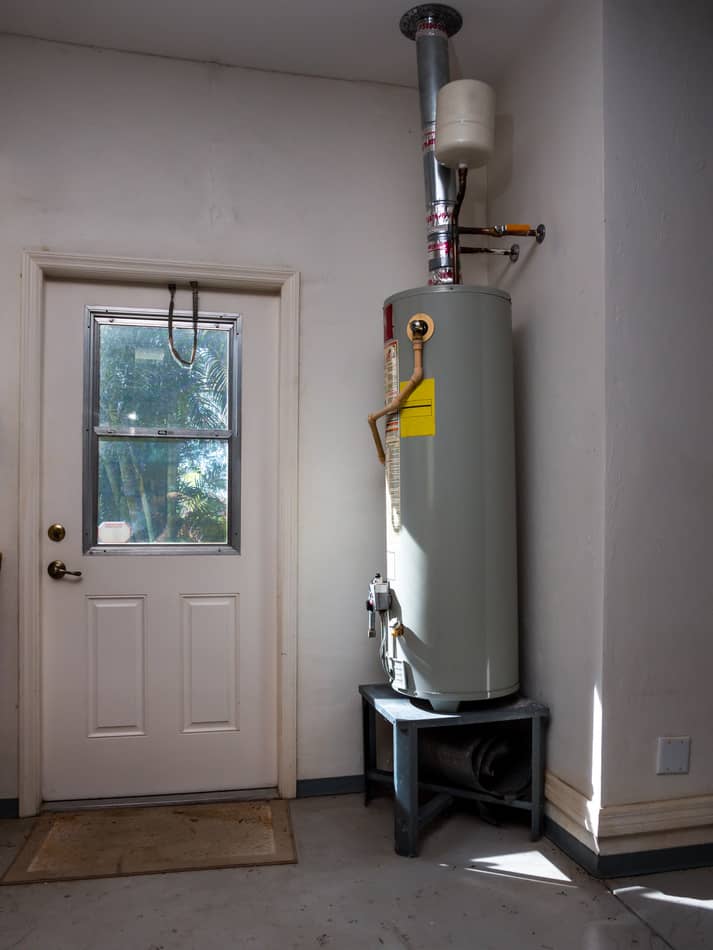Best Ways to Care for Your Home's Hot Water System EffectivelyEssential Tips on Maintaining Your Home's Hot Water System
Best Ways to Care for Your Home's Hot Water System EffectivelyEssential Tips on Maintaining Your Home's Hot Water System
Blog Article
Every person has got their personal piece of advice on the subject of How to Maintain Your Water Heater & Prolong its Life.

Warm water is essential for everyday comfort, whether it's for a revitalizing shower or washing recipes. To ensure your hot water system runs efficiently and lasts much longer, regular upkeep is vital. This write-up offers practical suggestions and understandings on exactly how to keep your home's hot water system to stay clear of disruptions and expensive repairs.
Intro
Maintaining your home's hot water system could seem complicated, yet with a few basic steps, you can ensure it runs smoothly for many years ahead. This guide covers whatever from recognizing your hot water system to DIY upkeep pointers and understanding when to employ professional assistance.
Relevance of Maintaining Your Hot Water System
Routine upkeep not only prolongs the life-span of your hot water system but likewise guarantees it runs efficiently. Ignoring upkeep can lead to decreased effectiveness, greater power bills, and even early failing of the system.
Signs Your Hot Water System Demands Upkeep
Knowing when your warm water system needs attention can avoid major issues. Look out for signs such as irregular water temperature level, weird sounds from the heating system, or corroded water.
Purging the Hot Water Heater
Purging your hot water heater eliminates sediment buildup, improving efficiency and prolonging its life.
Monitoring and Changing Anode Rods
Anode poles stop rust inside the storage tank. Examining and replacing them when broken is critical.
Facility Problems Requiring Professional Help
Examples include major leaks, electrical problems, or if your water heater is consistently underperforming.
Routine Professional Maintenance Conveniences
Specialist upkeep can consist of detailed inspections, tune-ups, and making certain compliance with security standards.
Examining and Readjusting Temperature Level Setups
Readjusting the temperature level settings guarantees optimum efficiency and safety and security.
Do It Yourself Tips for Maintenance
You can carry out several upkeep jobs on your own to keep your warm water system in top condition.
Checking for Leaks
Consistently evaluate pipelines and connections for leakages, as these can bring about water damage and greater costs.
Comprehending Your Warm Water System
Prior to diving right into upkeep tasks, it's handy to recognize the basic elements of your hot water system. Typically, this consists of the water heater itself, pipes, anode poles, and temperature controls.
Month-to-month Maintenance Tasks
Normal regular monthly checks can aid catch small problems prior to they intensify.
Examining Pressure Alleviation Valves
Testing the stress relief valve guarantees it functions properly and prevents excessive stress buildup.
Shielding Pipes
Protecting warm water pipes lowers heat loss and can conserve energy.
When to Call an Expert
While do it yourself maintenance is valuable, some issues need specialist competence.
Verdict
Routine upkeep of your home's warm water system is vital for efficiency, durability, and expense financial savings. By complying with these pointers and understanding when to look for expert aid, you can make sure a trustworthy supply of warm water without unanticipated disruptions.
How to Maintain an Instant Hot Water Heater
Before tinkering with your hot water heater, make sure that it’s not powered on. You also have to turn off the main circuit breaker and shut off the main gas line to prevent accidents. Also turn off the water valves connected to your unit to prevent water from flowing into and out of the appliance. 2. When you’re done, you have to detach the purge valves’ caps. These look like the letter “T” and are situated on either side of the water valves. Doing so will release any pressure that has accumulated inside the valves while at the same time avoid hot water from shooting out and burning your skin. 3. When the purge valves’ caps are removed, you have to connect your hosing lines to the valves. Your unit should have come with three hoses but if it didn’t, you can purchase these things from any hardware or home repair shops. You can also get them from retail stores that sell water heating systems. Read the user’s manual and follow it to complete this task properly. When the hosing lines are connected, open the purge port’s valves. 4. You should never use harsh chemical cleaners or solutions when cleaning your unit. Make use of white vinegar instead. It should be undiluted and you’ll probably use about 2 gallons. 5. Now flush your water heater. This task should probably take about 40 minutes. We can’t give you specific directions for this because the procedure is carried out depending on the type, model and brand of your heater. With that being said, refer to the user’s manual. 6. When you’re done draining the unit, you have to turn off the purge port valves again. Remove the hosing lines that you earlier installed on each of the water valves. Put the valve caps (purge port) back in their respective places and be very careful so as not to damage the rubber discs that are found inside these caps. 7. Now that everything’s back in place, check your user’s manual again to find out how to reactivate your water heating system. 8. Once it is working, turn one of your hot water faucets on just to let air pass through the heater’s water supply pipes. Leave the tap on until water flows smoothly out of it. https://www.orrplumbing.com/blog/2014/september/how-to-maintain-an-instant-hot-water-heater/

I discovered that blog posting about Tips on Maintaining a Water Heater when doing a search on the search engines. Do you know about somebody who is fascinated with the subject? Do not hesitate to promote it. Many thanks for your time. Kindly check up our blog back soon.
Book Appointment Now Report this page